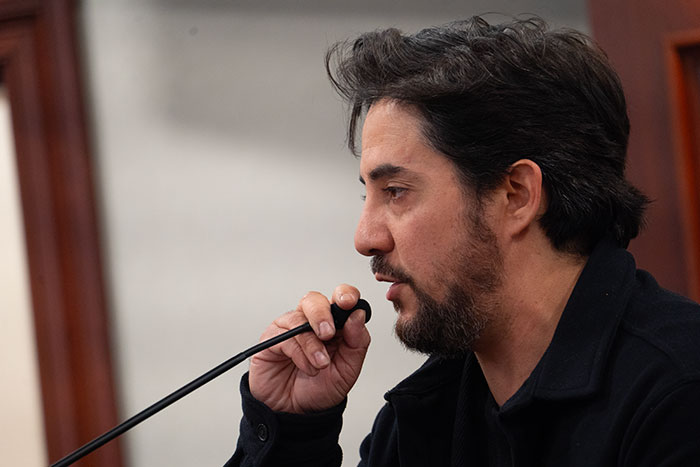Fate of old Claremont oak tree hangs in limbo
One of Claremont’s oldest residents suffered a major setback this week. A heritage live oak tree estimated to be more than 100-years-old lost one of its two primary branches on Sunday, leaving behind a large wound and the fate of the tree’s future in question.
Claremont police received a call around 11:45 a.m. that the eastern branch of the heritage tree had fallen, knocking down cable lines and impeding traffic. Claremont’s city yard on-call staff as well as the LA County Fire Department responded to the scene and spent roughly six hours working together to remove the fallen limb.
Paul Cranmer, Community Services Manager and Certified Arborist with the City of Claremont, says that although the exterior of the live oak appeared to be in good health, the interior was another story.
“We’ve had four arborists in addition to myself assess the tree and the wound,” explained Mr. Cranmer. “In this case, there was small separation in the crotch of the tree, a small crack and because of water and debris accumulation, some decay went down inside it.”
Trees in general respond to an injury in two ways: compartmentalization and the development of barrier zones. They do not “heal” from the inside out. Eventually, the tree covers the opening by forming specialized “callus” tissue around the edges of the wound. After injury, new wood growing around the wound forms a protective boundary preventing the infection or decay from spreading into the new tissue. Thus, the tree responds to the injury by “compartmentalizing” or isolating the older, injured tissue with the gradual growth of new, healthy tissue.
Unfortunately, because of the size of the wound on the heritage oak, the city’s arborist says the tree may not ever recover from the loss of the limb.
“Compartmentalization works well on smaller breaks but this wound is about 4 feet; it will probably never be able to do that,” says Mr. Cranmer.
Depending on the extent of the decay, a determination will be made as to whether the tree can be saved. According to Mr. Cranmer, the city is still awaiting the final reports from the consulting arborists but every effort will be made to save the tree.
“I don’t see an immediate hazard with the tree. If it’s out of balance, we will have some problems. Let’s take a couple of days and evaluate it and go from there.”
—Angela Bailey










0 Comments